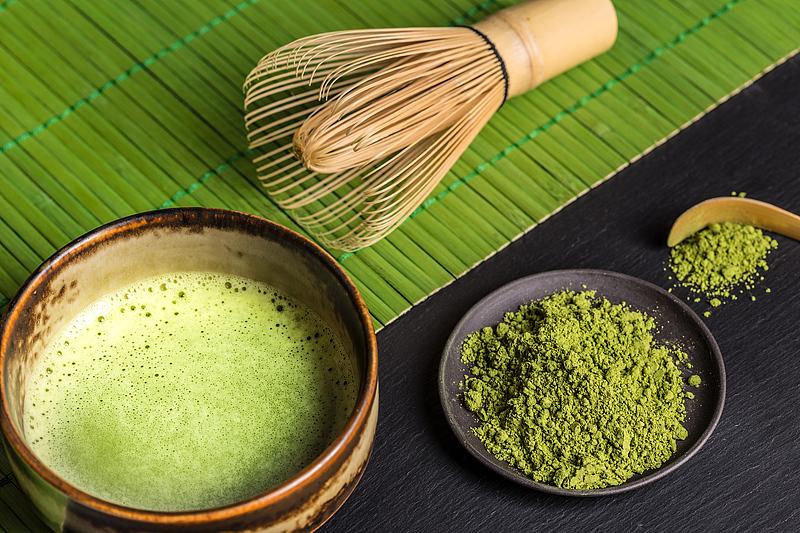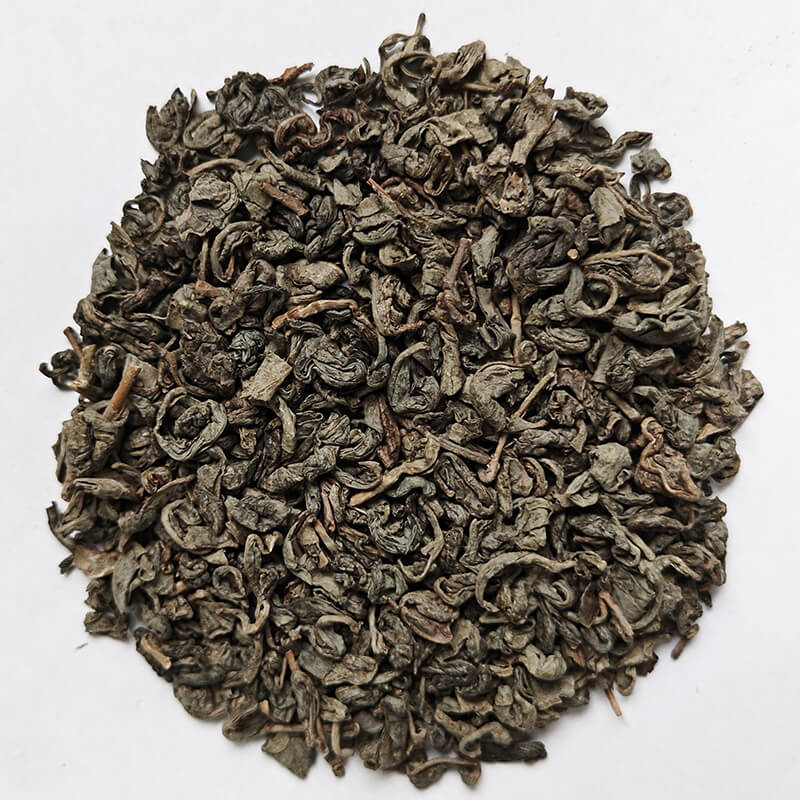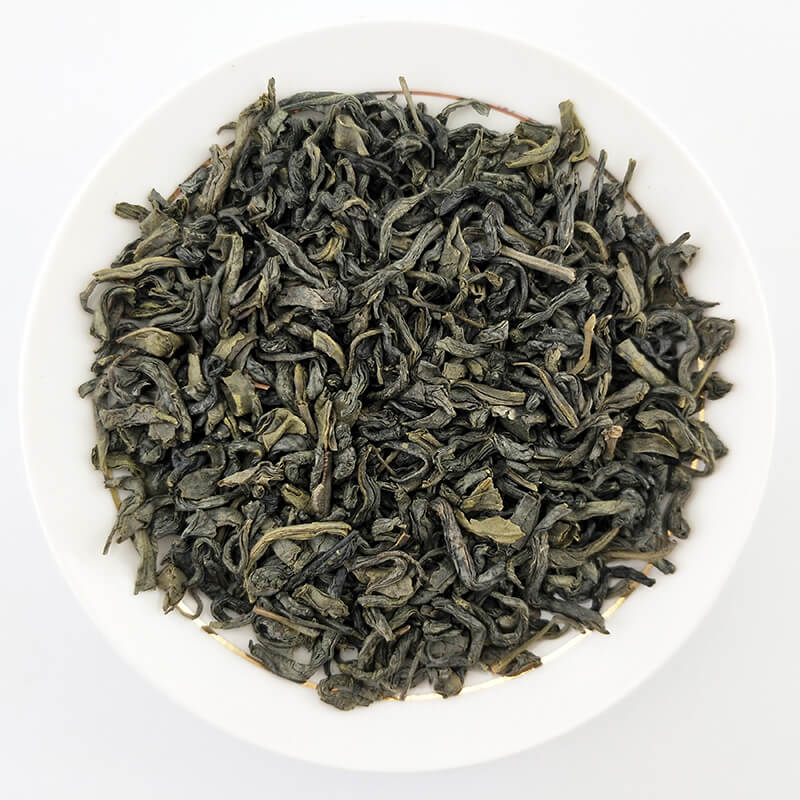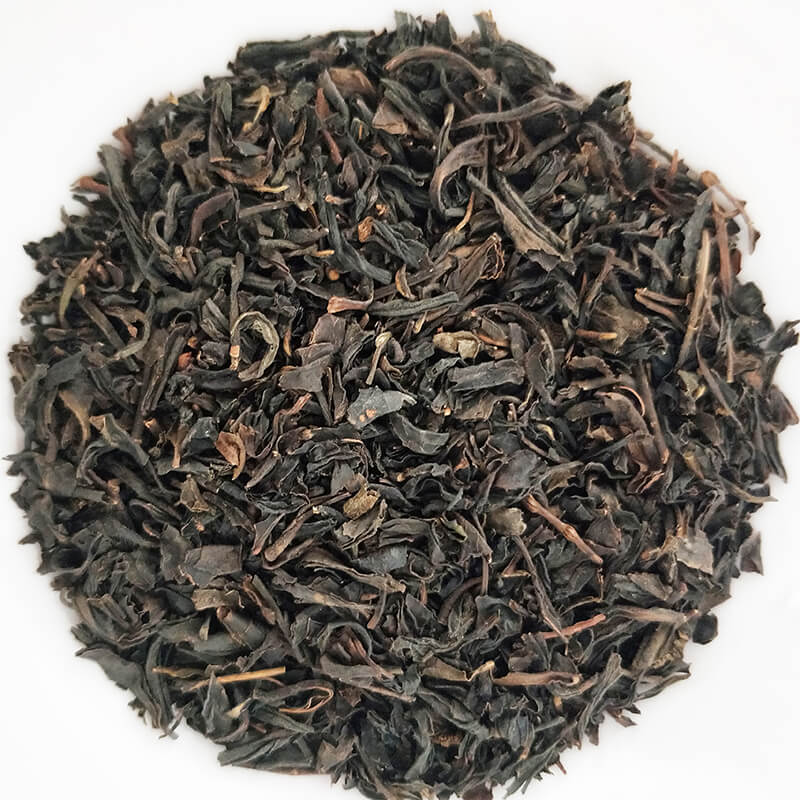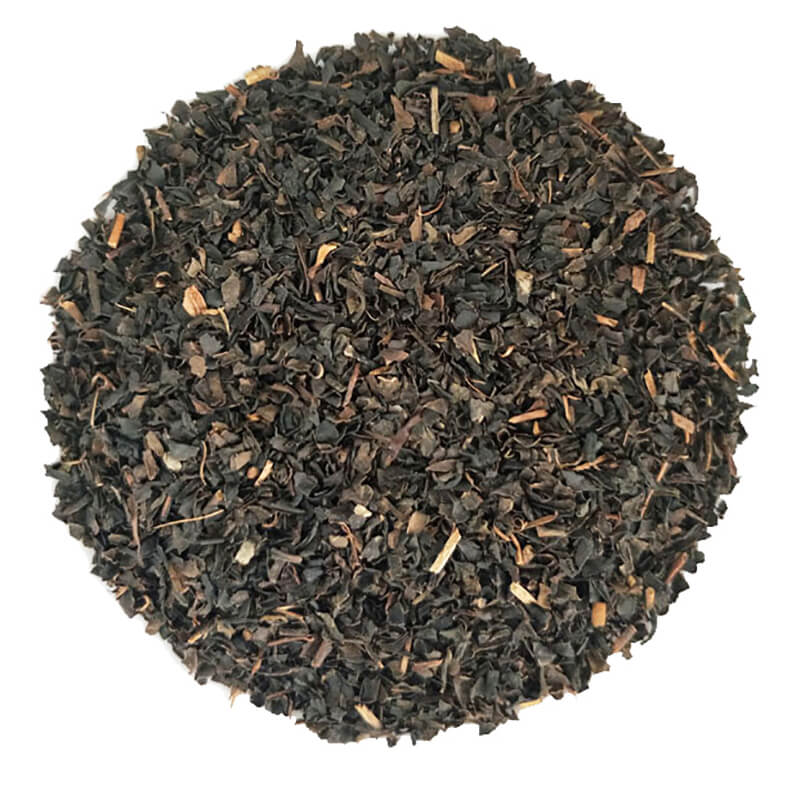Decoding the grading system of Chinese black tea: the triple code of raw materials, process, and quality
The grading system of Chinese black tea is like the “identity code” of tea, which reflects both the quality of raw materials and the level of craftsmanship, and is directly related to the drinking experience. This system is mainly constructed through four dimensions: fresh leaf standards, production processes, external characteristics, and internal quality expression. Different production areas will also derive distinctive subdivision standards, but the core logic always revolves around the principle of “one part of raw materials, one part of tea”.
Grading cornerstone: Fresh leaf standards and innate abilities of production regions and seasons
Fresh leaves are the starting point for grading, directly determining the upper limit of black tea quality. Special grade black tea is usually made from fresh and tender raw materials with single buds or one bud and one leaf. The buds are full and rich in amino acids, such as the “Jin Jun Mei” from Zheng Shan Xiao Zhong, which is made from pure single buds; First grade tea is mostly developed with one bud and one leaf or one bud and two leaves, and the ratio of buds to leaves is coordinated; Below the second level, it may contain more mature leaves or even tea stems. Spring tea harvested between Qingming and Guyu often has a grade advantage over summer and summer tea due to the accumulation of autumn and winter nutrients.

The decisive influence of production process on grading
The precision of the production process further widens the level gap. The “traditional craftsmanship” of high-end black tea such as Qimen black tea requires more than ten processes including withering, rolling, fermentation, and baking. The fermentation degree is controlled at 70% -80% to preserve the floral and fruity aroma; In order to pursue efficiency, bulk red broken tea is processed using CTC (Chop, Tear, Curl) mechanical processing, which results in a strong color but lacks layers. Fermentation uniformity and baking temperature are key indicators – high-quality black tea has a dark and smooth color instead of burnt black, and a long-lasting, smokeless aroma.
Classification and recognition logic of dry tea, tea soup, and taste
Appearance evaluation is like observing the “appearance” of tea leaves. The special grade black tea strips are tight, fine, and even, with golden hairs exposed, like the pine needle shaped strips of Dian Hong special grade; As the level decreases, the strands gradually become coarse and loose, with a brownish color and a decrease in golden hairs. After brewing, the bottom of the leaves can reveal the truth even more: high-end black tea has a soft and bright red bottom, intact buds and leaves, while inferior tea has a rough and hard bottom, dark brown color, and even impurities such as tea fruit and tea ash.
The intrinsic performance is the ultimate ‘touchstone’. When tasting, first observe the color of the soup: premium black tea is amber or golden red, clear and bright; Defective products are turbid and dull. In terms of aroma, typical aroma types such as Qi Hong “Qi Men Xiang”, Dian Hong “Hua Guo Xiang”, and Zheng Shan Xiao Zhong “Song Yan Xiang” should be clearly distinguishable, without any moldy or grassy odors. In terms of taste, high-quality black tea is mellow, fresh and refreshing, with obvious aftertaste, while lower grade ones often have a bitter and bland taste, and even a throat locking sensation.
From single bud Jin Jun Mei to popular broken red tea, the grading system of Chinese black tea is essentially a quantitative expression of natural gifts and humanistic craftsmanship. When we distinguish the color, aroma, and taste of tea soup during a tea banquet, we are not only savoring a cup of tea, but also reading a story about the land, seasons, and craftsmanship. Next time you taste tea, you may want to observe the dried tea leaves first, and then carefully smell the fragrance of the cup lid – the “identity code” of the tea leaves, which may be hidden in these details.



